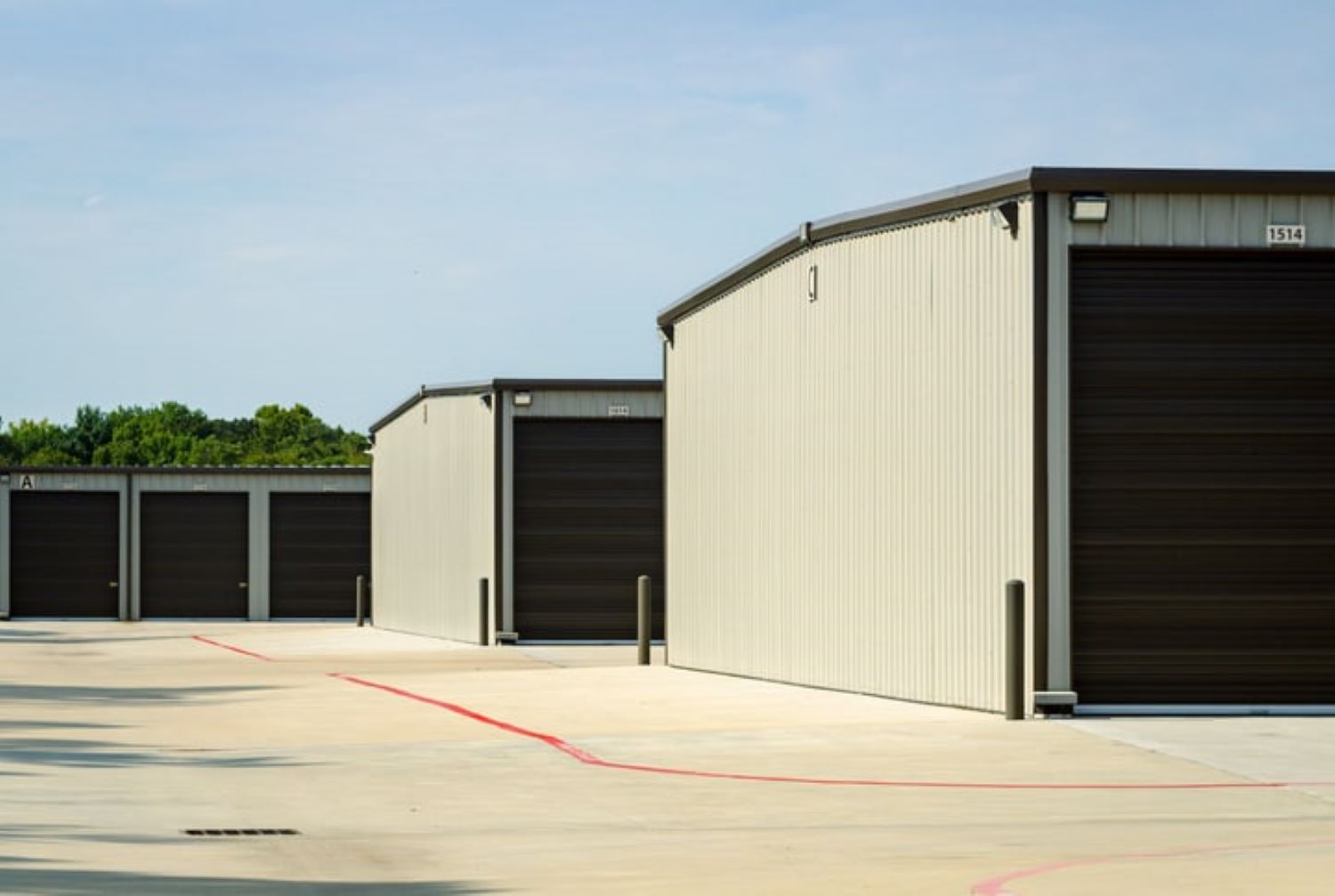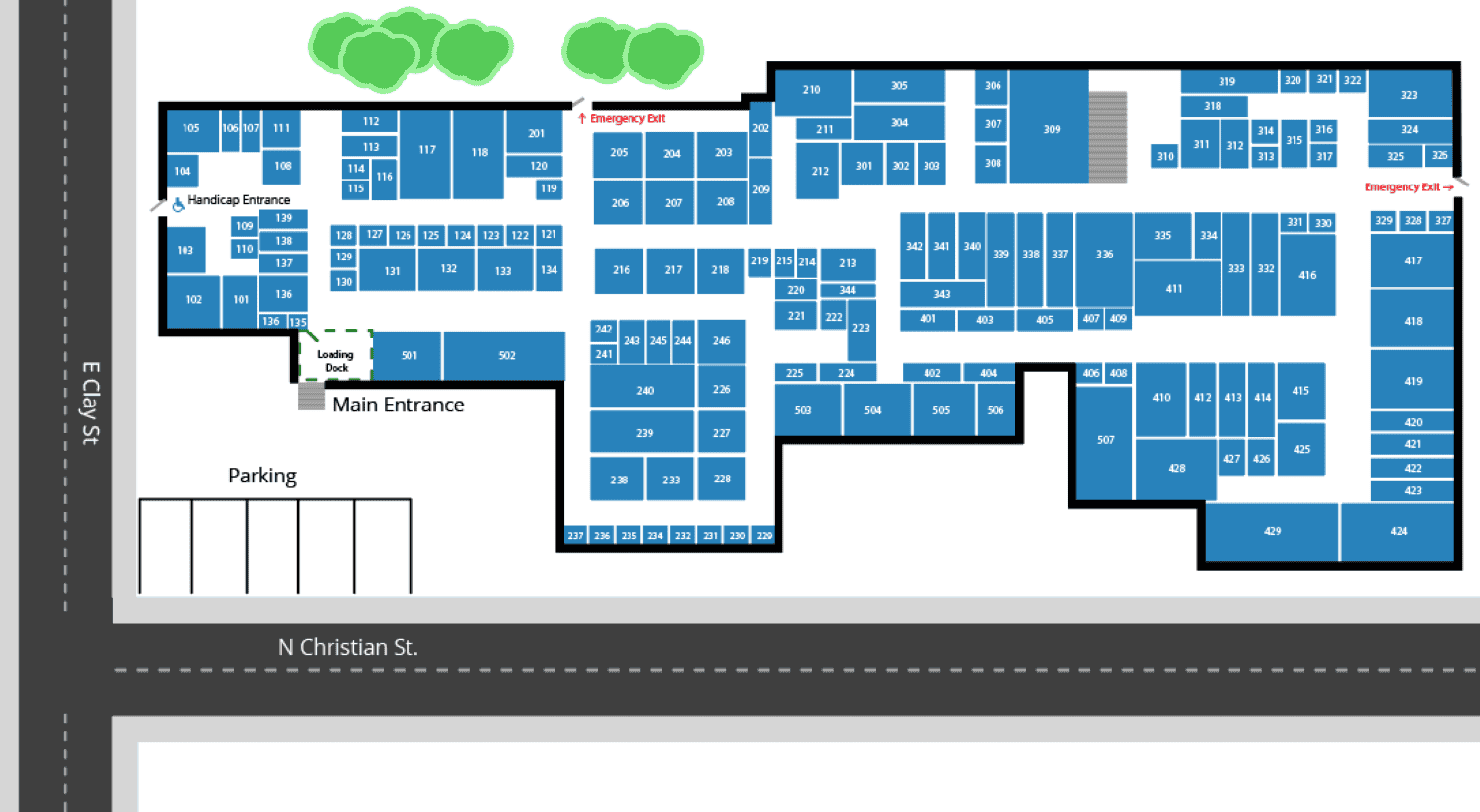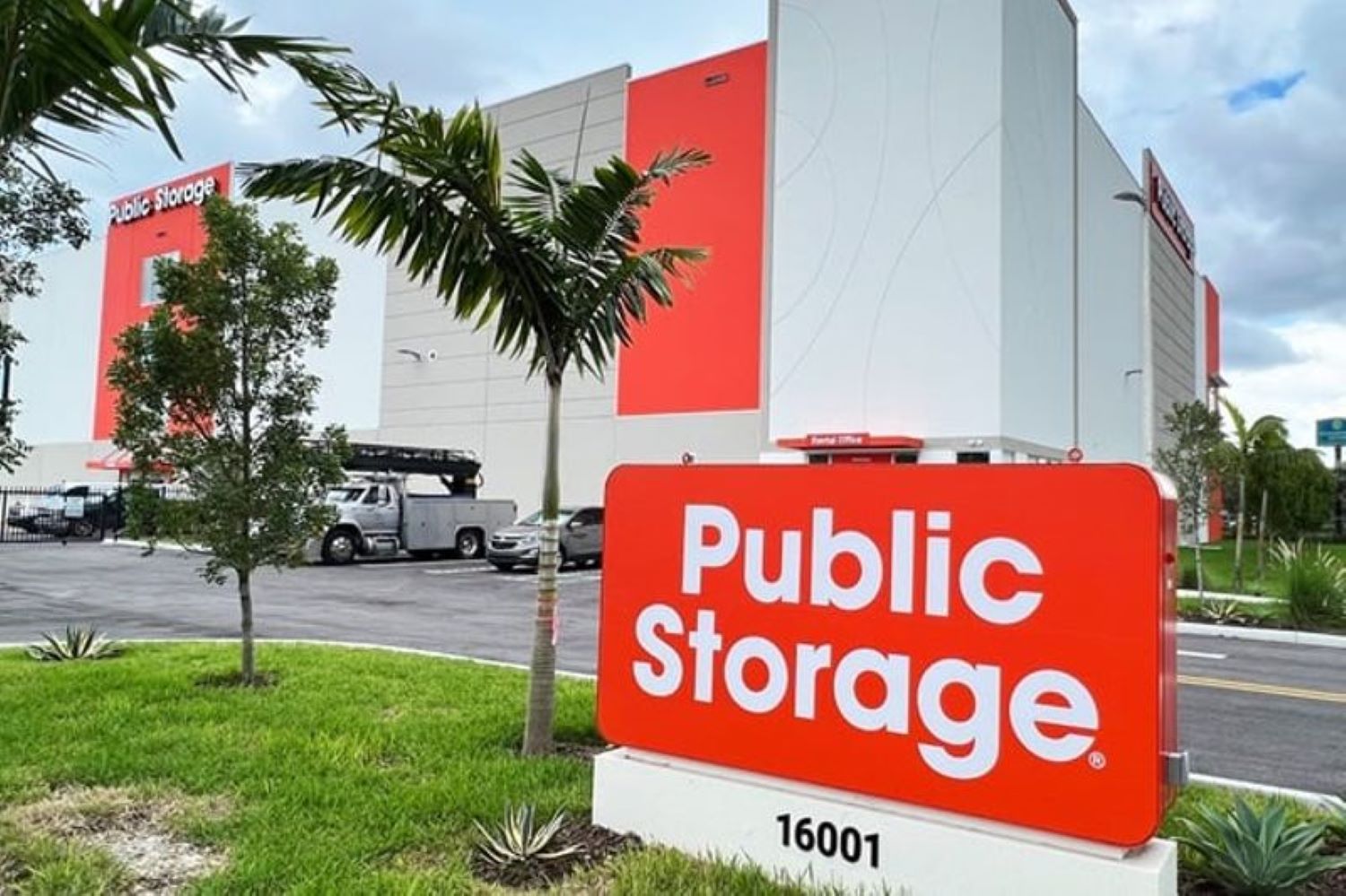Have you wondered how much does it cost to build 100 storage units? We’ve done the research, so you don’t have to. Here’s a breakdown of the estimated expenses.
The average total development cost to build 100 self-storage units ranges from $3-7 million. Key drivers include location, unit mix and sizes, climate control features, land costs, permits and fees, construction materials, and labor rates. To know more, keep on reading.
This article will provide information to help estimate the costs of constructing a self-storage facility. Specifically, it will give budget considerations for building 100 Self storage units in Jackson, MS and common areas. From land acquisition to marketing, We’ll break down the average expenses to expect. Let us look at how much does it cost to build 100 storage units.
Table of Contents
Understanding the Cost Factors
One of the biggest determiners of cost is whether the units will be single-story or multi-story. Generally, single-story storage facilities cost between $30-40 per square foot to construct. It provides an easy layout for renters but uses up more land.
Multi-story facilities, on the other hand, range from $40-60 per square foot. While more expensive to build due to additional engineering needs, they make better use of vertical space, which can save money on expensive land in the long run. If going above one floor, it’s important to factor in sprinklers, elevators, and stairwell costs. These cost ranges don’t include expenses like land acquisition and preparation. The property price for the size needed can greatly vary depending on your location. Add in demolition of existing structures, environmental remediation, or infrastructure like utilities.
These cost ranges don’t include expenses like land acquisition and preparation. The property price for the size needed can greatly vary depending on your location. Add in demolition of existing structures, environmental remediation, or infrastructure like utilities.
All that work also impacts the budget and should be planned early. No matter the layout, always budget more than you expect – surprises happen on large building projects. To know more about how much does it cost to build 100 storage units, read on!
See Also: Top 8 World’s Largest Solar Power Plants You Should Know About
Size and Scale: Impact on Cost
Building 100 storage units comes with a variety of considerations. One key factor is the size of each unit. Generally, 100 square feet per unit is a common standard size. However, going larger or smaller will have an impact on costs.
Larger units, for example, 150 square feet each, seem like better space usage but require more building materials, which drive expenses up. For larger footprints, you’ll need more concrete, lumber, roofing materials, and other supplies. More space also means less long-term rental income, as fewer units will fill.
On the other hand, opting for units under 100 square feet is not without drawbacks either.  For some renters, very small spaces may be difficult to use and could limit the storage space. Construction is also less efficient with more unit divisions, and again, you lose potential income from possible lost rental opportunities.
For some renters, very small spaces may be difficult to use and could limit the storage space. Construction is also less efficient with more unit divisions, and again, you lose potential income from possible lost rental opportunities.
Sticking close to the 100-square-foot standard provides a decent size for most storage needs while balancing costs during the build-out process. Scale and efficiency are important factors that affect the bottom line.
Detailed Cost Breakdown
Two designs for new residential buildings with 100 units are available: single-story and multi-story. Let’s examine how these two solutions compare regarding fundamental building expenses.
A sizable plot of land would be required to accommodate 100 units in single-story structures with a single-story plan. Land, labor, and materials costs will rise rapidly as more area is covered. But, you may squeeze the same 100 units into a smaller footprint by going up with a multi-story design. Land prices and on-site labor expenses for foundations and utilities are decreased.
Land prices and on-site labor expenses for foundations and utilities are decreased.
A multi-level building’s structure needs stronger materials and engineering to handle the extra weight of the upper stories. Stairwells and elevators also increase the expense of each different level. However, multi-story buildings use vertical space better than horizontal sprawl to be less expensive per square foot.
Climate control systems are additional possible costs, particularly in hot or cold climates where dwellings need superior insulation and heating/cooling. Security also impacts budget considerations.
While multi-story buildings require secure entrance/exit control points, single-story structures can require additional perimeter fences. The project’s overall cost may also be affected by opulent features and supplies, such as premium siding and granite countertops.
You can ascertain whether building a 100-unit residential complex as a single-story or multi-story project is the most economical option by doing a thorough cost study of your local real estate market. The ideal arrangement will satisfy your design requirements and optimize value.
See Also: 18 Best Home Design Software For Windows (2023)
Location and Material Costs
The location of a building project has a big effect on the bottom line. Land costs differ significantly because of the real estate prices in each area. Let’s learn more about how much does it cost to build 100 storage units.
The cost of materials and shipping also varies based on the demand for transportation and the distance from industrial centers. The availability of some materials varies with location and climate. 
Local labor pools influence wages, and seasonal workers impact prices. Builders may improve estimations for accurate quotations and lucrative projects by considering the impact of an address on these critical expenditures. Location is critical.
Land Preparation and Expansion Considerations
A crucial initial stage in new buildings and expansions is land development. Site work, including grading, clearing, and landscaping, needs investment.
Ground characteristics such as stability and pollution affect costs, so you should create roads, utility hookups, and infrastructure. Leaving space for subsequent stages helps to avoid future landlocks.
When land preparation is done beforehand, it may design properties ready for smooth, scalable expansion that fits long-term budgetary objectives. So that is all in how much does it cost to build 100 storage units.
FAQs
What is the typical rental cost of a storage unit?
Most apartments rent between $0.50 and $1 per square foot each month. Larger apartments with greater features might command a higher price.
Are temperature-controlled units more expensive to construct?
Indeed, the cost of the building may be reduced by 15–30% by including HVAC systems and insulation compared to non-climate-controlled apartments.
How much upkeep is necessary for a storage facility?
Typically, annual maintenance accounts for 5–10% of total rental income. It includes costs for administration, cleaning, property taxes, and maintenance.
What kind of ROI can developers anticipate?
After the first stable year of operations, self-storage establishments usually produce an annual cash flow return of 7–12% on total costs.
Conclusion
Building techniques, obstacles related to land development, and possible revenue should be considered to determine the viability of this project.
It can be the difference between an overbudget disaster and a successful long-term investment to take the effort up front to calculate these important figures.
Thoroughly evaluating costs and benefits paves the way for astute decision-making. This article on how much does it cost to build 100 storage units has helped you know everything about it.


